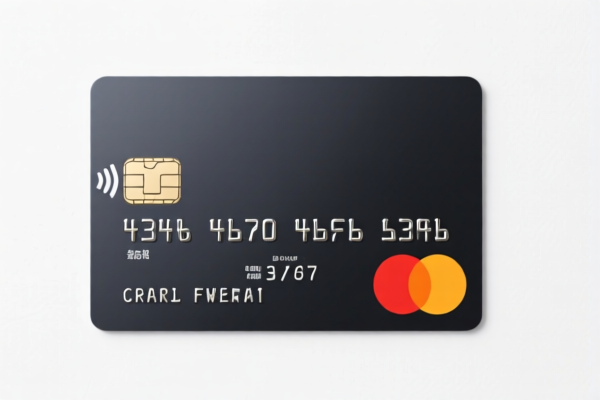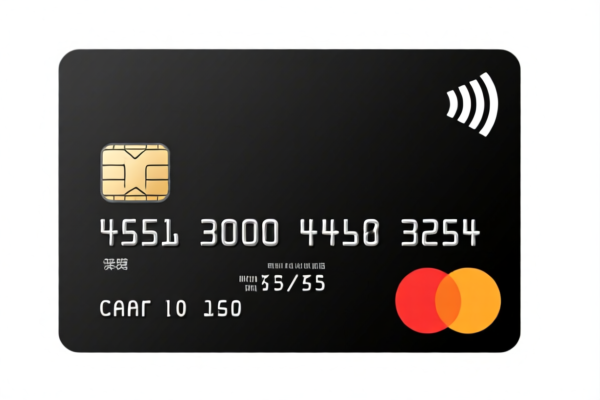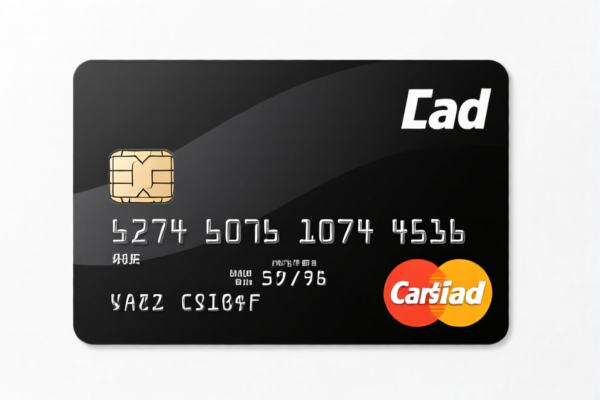| HS Code | Official Doc | Tariff Rate | Origin | Destination | Effective Date |
|---|---|---|---|---|---|
| 4911911000 | Doc | 37.5% | CN | US | 2025-05-12 |
| 4911911500 | Doc | 37.5% | CN | US | 2025-05-12 |
| 4909002000 | Doc | 37.5% | CN | US | 2025-05-12 |
| 4909004000 | Doc | 30.0% | CN | US | 2025-05-12 |
| 9705100090 | Doc | 30.0% | CN | US | 2025-05-12 |
| 9705100010 | Doc | 30.0% | CN | US | 2025-05-12 |
| 9706900060 | Doc | 37.5% | CN | US | 2025-05-12 |
| 9706100060 | Doc | 37.5% | CN | US | 2025-05-12 |




Card Collection
A card collection is the practice of accumulating and preserving cards, typically for hobbyist, investment, or nostalgic purposes. These collections can encompass a wide variety of card types, each with its own characteristics and associated communities.
Materials
Cards are most commonly produced using card stock, a heavy paper stock known for its durability and print quality. Variations in card stock weight, finish (glossy, matte, textured), and composition (e.g., with linen texture) contribute to a card's perceived value and preservation quality. Modern cards often incorporate holographic foil, embossing, and other special finishes. Older cards may be printed on simpler paper stocks and may exhibit wear and degradation over time.
Purpose
The primary purposes of card collecting include:
- Hobby: The enjoyment of acquiring, organizing, and trading cards.
- Investment: Certain rare or highly sought-after cards can appreciate significantly in value.
- Nostalgia: Collecting cards associated with childhood memories or favorite franchises.
- Completeness: The desire to assemble a complete set or series of cards.
- Historical Preservation: Maintaining a record of popular culture, sports history, or artistic design.
Function
The function of a card within a collection is primarily representational. It symbolizes a player, character, or event. Beyond this, cards serve as:
- Tradeable Units: Cards are frequently exchanged with other collectors to fill gaps in collections or acquire more valuable items.
- Display Items: Collections are often showcased in binders, albums, or display cases.
- Collectible Assets: Cards can be graded and authenticated to determine their condition and value.
Usage Scenarios
- Home Display: Collections are commonly organized and displayed within personal residences.
- Trading Events: Card collectors participate in trade shows, conventions, and online marketplaces to exchange cards.
- Grading Submission: Valuable cards are sent to professional grading services for assessment and encapsulation.
- Online Marketplaces: Cards are bought and sold through platforms like eBay, specialized auction sites, and social media groups.
- Competitive Play: Some card types (e.g., trading card games) are used in organized competitive matches.
Common Types
- Sports Cards: Depicting athletes from various sports (baseball, basketball, football, soccer, etc.). Often include statistics and biographical information.
- Trading Card Games (TCGs): Used in strategic card battles (e.g., Magic: The Gathering, Pokémon Trading Card Game, Yu-Gi-Oh!).
- Non-Sport Cards: Encompassing a wide range of themes, including:
- Movie Cards: Featuring characters and scenes from films.
- TV Show Cards: Based on popular television series.
- Video Game Cards: Depicting characters and artwork from video games.
- Collectible Card Games (CCGs): Similar to TCGs but often with a limited print run and a focus on rarity.
- Historical Cards: Showcasing historical figures and events.
- Art Cards: Featuring original artwork or reproductions.
- Character Cards: Depicting fictional characters from various sources.
Based on the provided information, “card collection” can be classified under the following HS codes:
- 9705100090: Collections and collectors’ pieces of archaeological, ethnographic, historical, zoological, botanical, mineralogical, anatomical, paleontological or numismatic interest: Collections and collectors’ pieces of archaeological, ethnographic or historical interest Other. This code covers collections of items with archaeological, ethnographic, or historical significance. If the card collection falls into this category, it would be classified here.
- 9705100010: Collections and collectors’ pieces of archaeological, ethnographic, historical, zoological, botanical, mineralogical, anatomical, paleontological or numismatic interest: Collections and collectors’ pieces of archaeological, ethnographic or historical interest Archaeological pieces of a kind described in statistical note 1 to this chapter. This code is specifically for archaeological pieces as defined in statistical note 1 of the chapter.
- 4911911000: Other printed matter, including printed pictures and photographs: Other: Pictures, designs and photographs: Printed over 20 years at time of importation. If the cards are printed pictures or photographs and have been printed for over 20 years, this HS code may be applicable.
- 4911911500: Other printed matter, including printed pictures and photographs: Other: Pictures, designs and photographs: Printed not over 20 years at time of importation: Suitable for use in the production of articles of heading 4901. This code applies to printed pictures or photographs not over 20 years old and intended for use in producing articles under heading 4901.
Explanation of HS Code Structure (based on provided information):
The HS code system categorizes goods using a hierarchical structure. Here's a breakdown based on the codes provided:
- Chapter (First two digits): Indicates the broad category of goods. For example, Chapter 49 covers "Printed Books, Maps and Newspapers, etc." and Chapter 97 covers "Works of art, collectors’ pieces and antiques."
- Heading (Second two digits): Further specifies the type of goods within the chapter. For example, heading 4911 covers "Other printed matter, including printed pictures and photographs" and heading 9705 covers "Collections and collectors’ pieces of archaeological, ethnographic, historical, zoological, botanical, mineralogical, anatomical, paleontological or numismatic interest."
- Subheading (Following digits): Provides even more detail about the goods. For example, 4911911000 specifies "Other printed matter... Pictures, designs and photographs: Printed over 20 years at time of importation."
Important Note:
Regarding HS codes 9705100090 and 9705100010, the classification depends on whether the card collection has archaeological, ethnographic, or historical significance. If the collection does, these codes may be applicable.
Customer Reviews
No reviews yet.